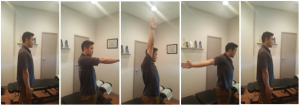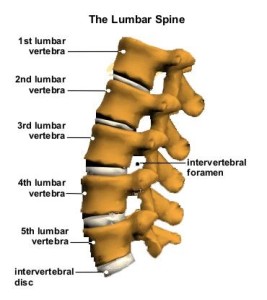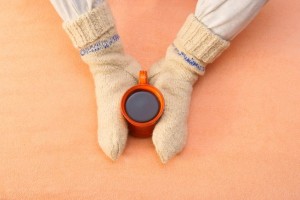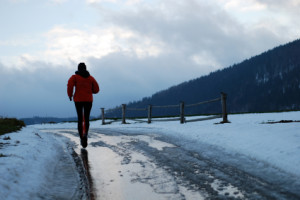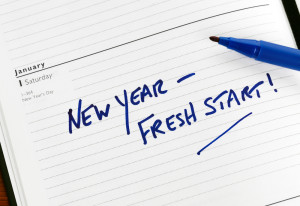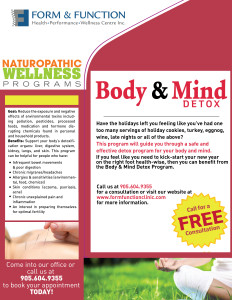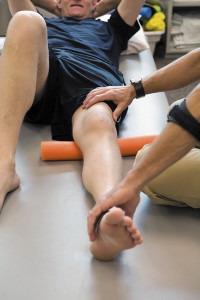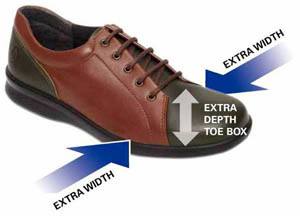Stretching Tips to Avoid Injury
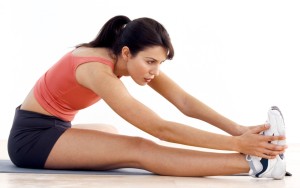
Before any activity, it is important to make sure that you stretch your muscles to avoid any tearing. This typically will occur when people jump into an exercise or even stretch while their muscles are still cold. The reason behind this is due to the fact that when muscles are tight they do not have any elasticity so when you ask them to perform and difficult task the muscle does not have the adequate room to contract properly and tears as a result.
To properly stretch your muscles take 5 seconds to go into the stretch, hold the stretch for 25 seconds then 5 seconds to release the stretch. If it hurts to hold your stretch for 25 seconds then bringing our count down to 10 seconds. You should do your stretches 3 times in a row. Without holding your stretches for at least 25 seconds you will not properly release the muscle for activity.

